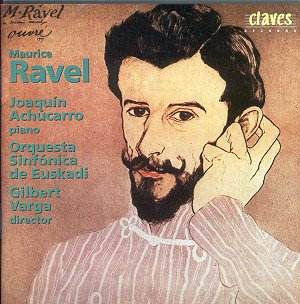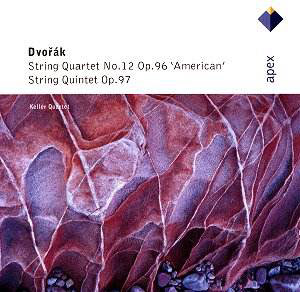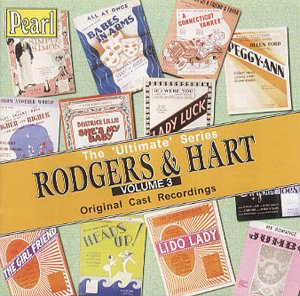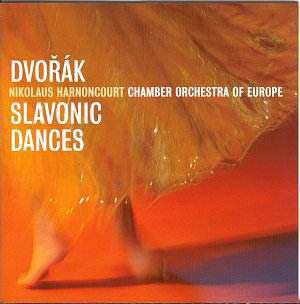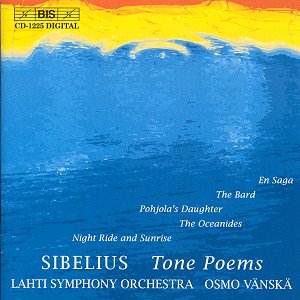 Composer: Jean Sibelius
Composer: Jean Sibelius
Works: En Saga, Op. 9; The Dryad, Op. 45 No. 1; Dance-Intermezzo, Op. 45 No. 2; Pohjola’s Daughter, Op. 49; Night Ride and Sunrise, Op. 55; The Bard, Op. 64; The Oceanides, Op. 73
Performers: Lahti Symphony Orchestra, Osmo Vänskä
Recording: Recorded at the Sibelius Hall, Lahti, Finland during August 2000 and May 2001
Label: BIS
Jean Sibelius, a titan of Finnish nationalism and a master of orchestral color, created a body of work that reflects the complexities of nature and the human experience. His tone poems, often rich in thematic material and structural innovation, stand as testaments to his evolving style from the late Romantic period into the 20th century. This latest release from Osmo Vänskä and the Lahti Symphony Orchestra encapsulates several key works from Sibelius’s oeuvre, showcasing not only the composer’s signature sound but also Vänskä’s adeptness in illuminating the subtleties of these musical narratives.
The performance opens with “En Saga,” a work that serves as a microcosm of Sibelius’s distinct voice. Vänskä’s interpretation unfolds with a spaciousness that allows the music’s inherent drama to surface organically. The Lahti Symphony Orchestra demonstrates a commendable depth of sound, revealing the piece’s lyrical and thematic richness. Indeed, Vänskä’s pacing—steady yet flexible—helps delineate the work’s contrasting sections, creating an atmosphere that is both introspective and expansive. This contrasts with other notable recordings, such as Ashkenazy’s earlier interpretations, where the emphasis on refinement occasionally eclipses the raw emotional depth that Vänskä deftly captures.
Following this, “The Dryad,” with its elusive textures and atmospheric qualities, emerges as a pivotal work in understanding Sibelius’s development during his Fourth Symphony period. The sparse orchestration here, combined with Vänskä’s keen sense of dynamics, evokes a sense of enigmatic fragility. The Lahti players exhibit an admirable commitment to the piece’s delicate nuances, especially in the string sections, which impart a shimmering quality to the thematic material. This contrasts sharply with the lighter mood of “Dance-Intermezzo,” where the orchestra’s exuberance shines through. The balance of playful dialog and rhythmic drive in this short work is delivered with infectious energy, further demonstrating Vänskä’s versatility in interpreting Sibelius’s multifaceted character.
The remaining works on the disc, including “Pohjola’s Daughter” and “Night Ride and Sunrise,” showcase the orchestra’s capability to convey the grandeur and emotional weight of Sibelius’s mature style. In “Pohjola’s Daughter,” the tension and release are expertly managed, with Vänskä building the climax in the central episode to thrilling effect. The orchestral colors are vividly rendered, and the brass section particularly excels in articulating the heroic motifs. “Night Ride and Sunrise” is treated with a profound sense of architecture, where the ebb and flow of the music reflect Sibelius’s own description of the solitary rider in the forest. The gradual unfolding of the themes captures the essence of the experience, embodying the duality of dread and elation inherent in the imagery.
“The Bard” and “The Oceanides” further cement Vänskä’s interpretative authority. The former’s poignant melodies are beautifully shaped, while the latter’s impressionistic qualities are brought to life with precision and clarity. The oceanic imagery in “The Oceanides” is rendered with a lush orchestral palette, rivaling the evocative soundscapes of Debussy. Vänskä’s meticulous attention to detail ensures that each wave of sound is articulated clearly, making this rendition one of the most compelling interpretations available.
This collection of Sibelius’s tone poems is not merely a compilation but a thoughtfully curated exploration of the composer’s evolving sound world. Vänskä and the Lahti Symphony Orchestra deliver performances that resonate with authenticity and conviction, ensuring that the listener is continually engaged. The engineering quality of the recording is equally commendable, capturing the orchestra’s sonic richness within the acoustically favorable Sibelius Hall. For anyone seeking an insightful and technically proficient interpretation of Sibelius, this recording stands as a testament to Osmo Vänskä’s artistry and the Lahti Symphony Orchestra’s prowess. It is an essential addition to the library of both Sibelius enthusiasts and newcomers alike.
